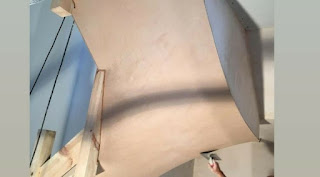Plasterer working conditions
Plasterers frequently work on their feet while troweling with one hand and applying plaster with the other. They might also spend some time on a ladder or stretch while plastering ceilings or the tops of walls. Large amounts of dust, dirt, or material flake may be coming off the walls and ceilings in their workplaces. Plasterer Dunvant often uses protection equipment, like goggles, masks, and gloves, because these environments may irritate skin, eyes, or lungs.
Who may be an excellent candidate for a plasterer position?
Plastering jobs can be a good fit for a range of people, including those who enjoy manual labour, physical work, and home maintenance. Since plastering walls and ceilings takes careful attention to detail, plasterers often have exceptional hand-eye coordination. They might be passionate about the arts and design, and some projects call for designing the walls and ceilings rather than making repairs. Additionally, they might contact various individuals and collaborate with professionals, such as painters or electricians, with additional tasks related to home upkeep and Dry Lining Dunvant repairs.
Primary obligations: A competent labourer performs general labour duties requiring a wide range of expertise. They carry out a range of tasks associated with building and construction. These are examples of plastering, painting, plumbing, electrical work, floor installations, and extensive repair work. They might be employed by unions, in private practices, or as members of construction crews. Painters can work in many different sectors, including the housing industry, in a union, in a private practice, at educational institutions, and for governmental organisations.



Comments
Post a Comment